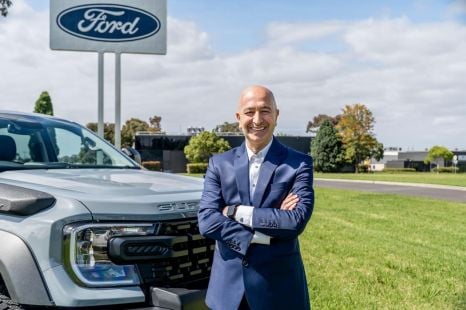

Ben Zachariah
Ford Australia announces new boss
17 Minutes Ago
Mitsubishi believes selling plug-in hybrid versions of the Outlander and Eclipse Cross at scale will drive lowly EV take-up in Australia.

Senior Contributor
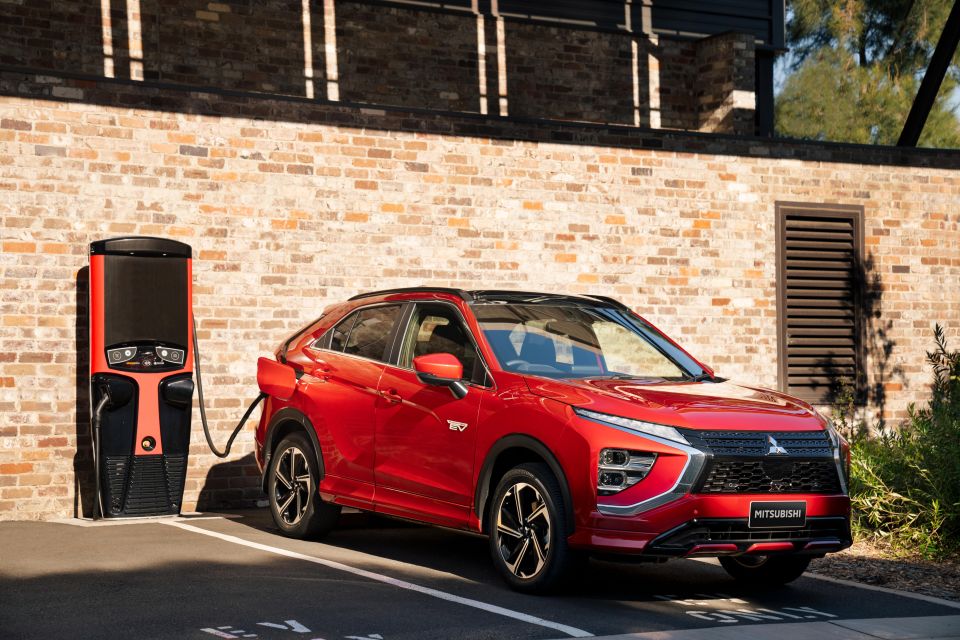

Senior Contributor
Plug-in hybrid (PHEV) sales leader Mitsubishi says PHEVs are a crucial gateway to the wider take-up of full-electric vehicles (EVs) in the Australian market.
The company cites a survey it commissioned of existing Outlander PHEV owners that found 83 per cent of them intend to buy an EV as their next car, which is interesting since EV market penetration remains low here.
Industry numbers show Mitsubishi Australia has sold about 3800 Outlander PHEVs since 2014.
If the survey data is correct there are thus around 3150 potential EV buyers in the subset either already driving one, or looking to do so.
MORE: 2022 Mitsubishi Eclipse Cross PHEV price and specs
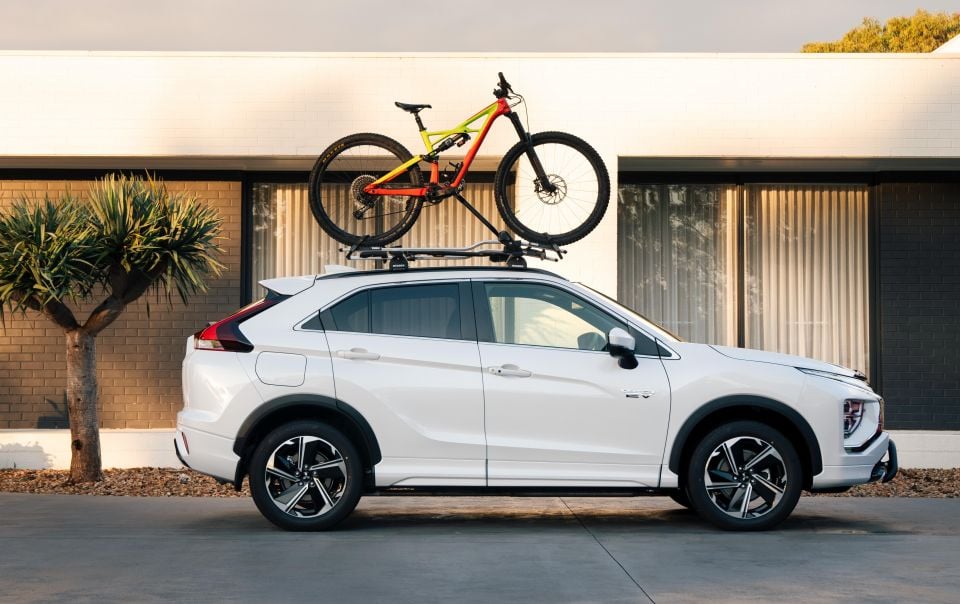
By contrast, the same survey found just 33 per cent of Outlander petrol and diesel drivers would consider an EV as their next car.
The survey conducted by Potentiate and commissioned by Mitsubishi Australia interviewed a pool of 844 people who own Outlanders, about 200 of whom had the PHEV version.
The study supports similar research conducted by Kadence International on behalf in Mitsubishi Motors UK in 2020, which found 70 per cent of Outlander PHEV buyers would go EV next time, and that 48 per cent already considered an EV but had range anxiety at the time.
MORE: Mercedes-Benz defends PHEVs as more than a ‘compliance trick’
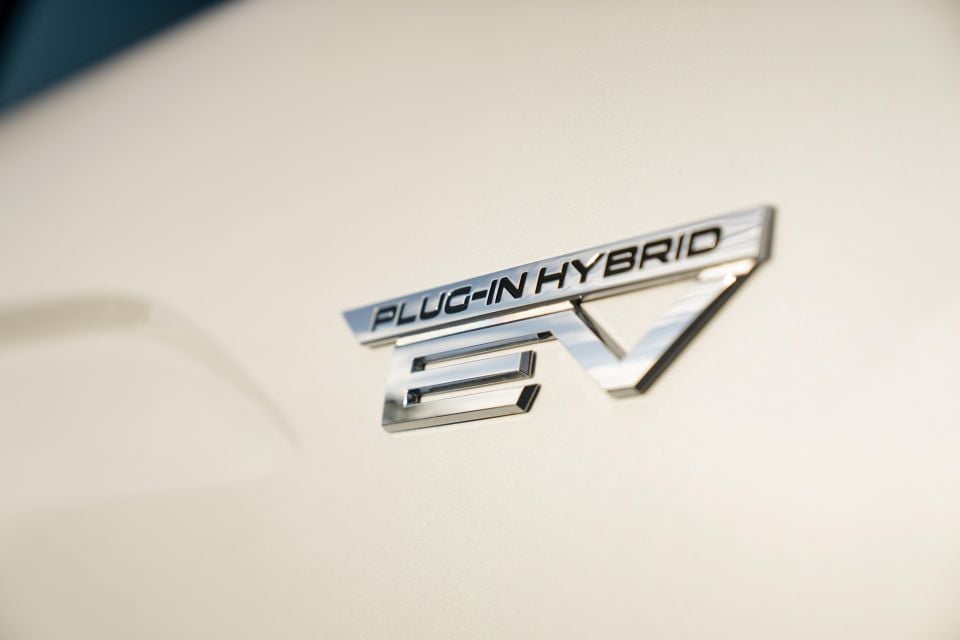
Further interesting findings from the Australian market survey include:
“The data indicates that PHEVs provide a catalyst for future EV uptake by helping familiarise consumers with electric vehicles and make them more likely to purchase another one,” the company claims.
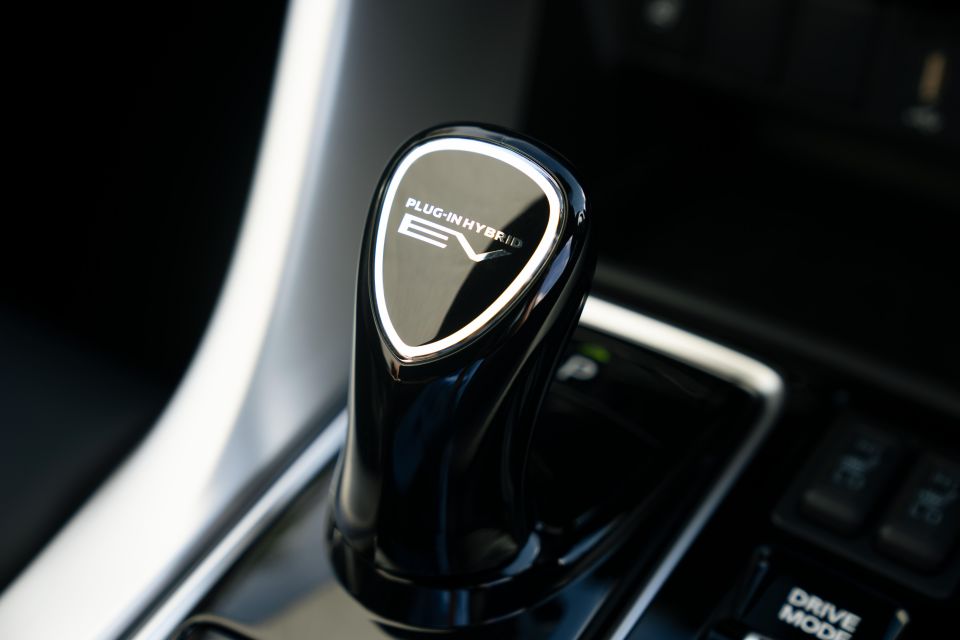
“It is clear that plug-in hybrid technology is a critical factor in encouraging drivers along the path towards of low and zero emissions technology.”
Mitsubishi Australia has just announced pricing for its second PHEV, the Eclipse Cross, which kicks off at $46,490 before on-road costs for the base ES grade and climbs to $53,990 for the Exceed flagship. An Exceed AWD petrol costs $40,790 by contrast.
It pairs a 2.4-litre petrol engine with two electric drive motors and a 13.8kWh battery pack that can be charged at a powerpoint or fast charger.
The AWD crossover can drive a claimed 55km all-electric (NEDC), before switching to petrol power.
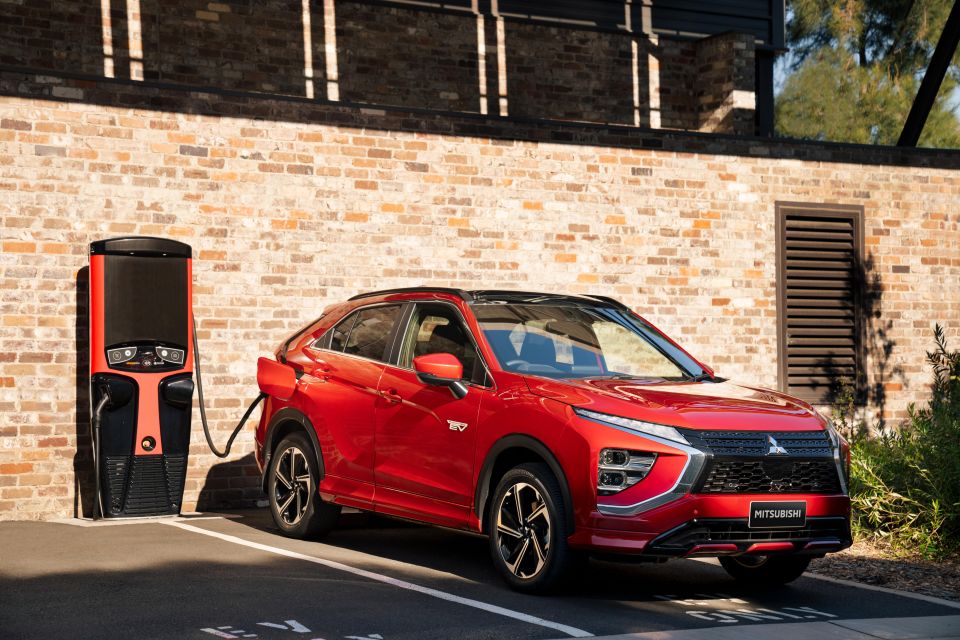
In the real world this EV range is likely to be lower, somewhere around 45km.
The more advanced (and expensive) second-generation Outlander PHEV will arrive in quarter-one of 2022.
The company does not yet offer any EVs in Australia, but by 2030 it has promised there will be “an EV, PHEV or hybrid variant for each segment in which it operates”, including utes. Half its sales by then are expected to be electrified.
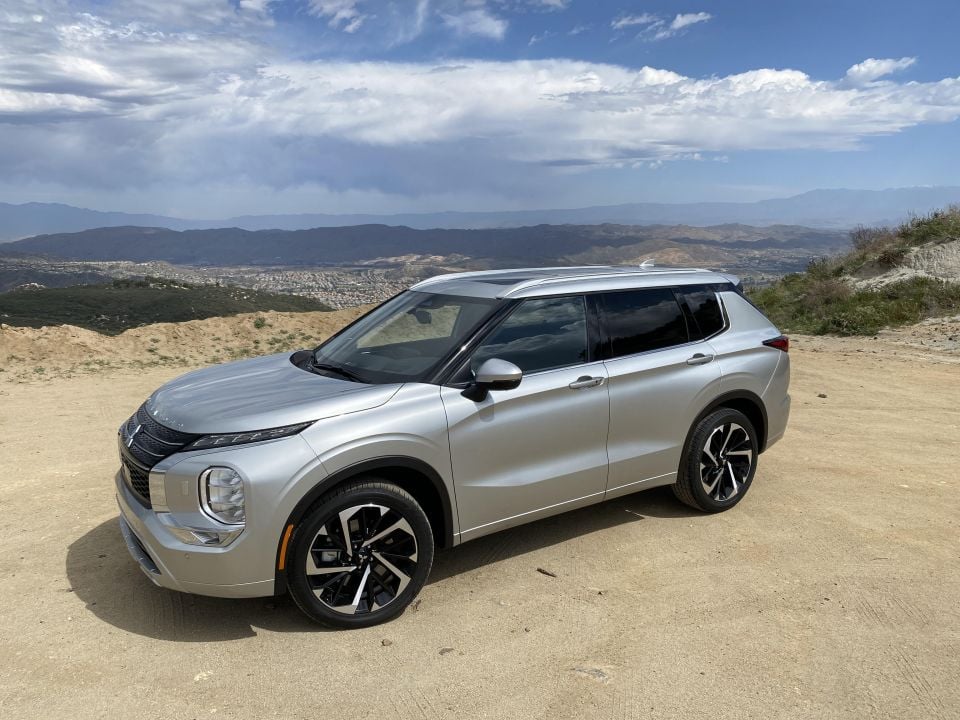
As reported by us previously, Mitsubishi sees genuine volume potential in PHEV drivetrains in Australia moving forward, with CEO Shaun Westcott calling plug-in hybrid vehicles an “untapped opportunity”.
“The current Outlander is one of the biggest-selling PHEVs in Europe. Europe leads, we lag in terms of PHEV take-up in Australia,” he said.
“We believe there’s an opportunity for us in that to… talk to our market about our product offering and how competent it is – and how well-recognised it is in other markets – using new Outlander to take that to another level,” he added.
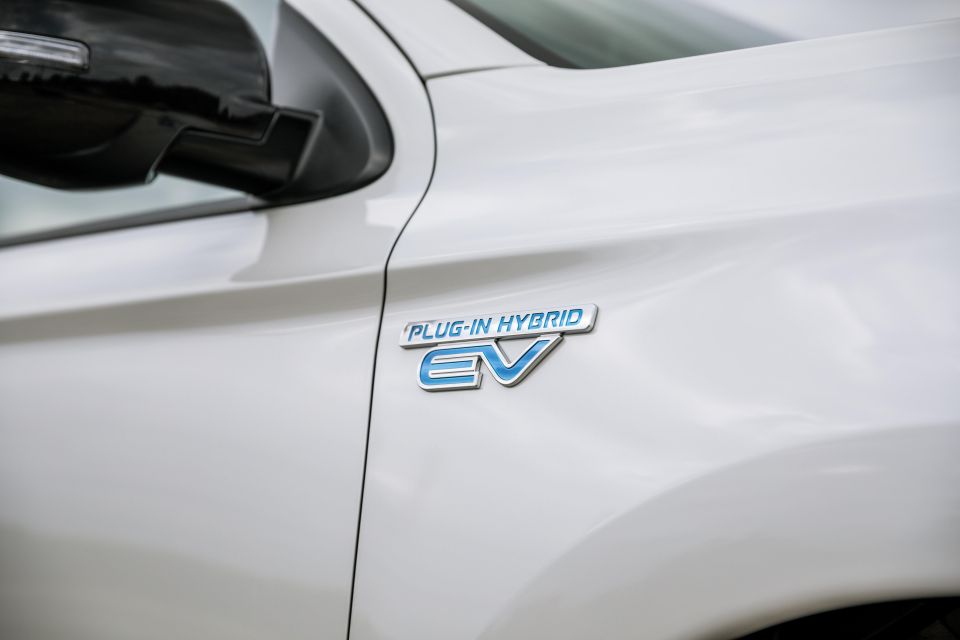
As it stands, PHEVs have failed to achieve cut-through in Australia compared to conventional hybrids which are cheaper and never need to be plugged in. However, more brands are launching PHEVs and awareness tends to grow acceptance.
Competitors to Mitsubishi either on sale now or coming soon include PHEV versions of the MG HS, Hyundai Ioniq, Kia Niro and Sorento, Peugeot 3008, Ford Escape, Mini Countryman, Mercedes-Benz A-Class, Volvo XC40, and Cupra Leon and Formentor.
Another interesting angle is the Eclipse Cross PHEV’s (and Outlander PHEV’s) readiness for vehicle-to-home (V2H) and vehicle-to-grid (V2G) capabilities.
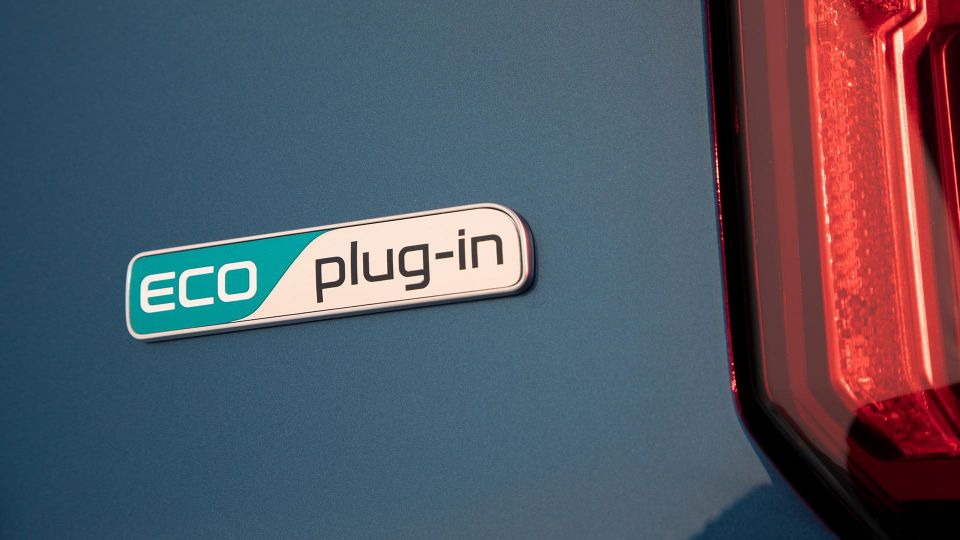
Using Mitsubishi’s Dendo (“electric”) system, a V2H/V2G-enabled PHEV has the potential to power a home or business, or send charge into the grid.
Mitsubishi Motors Australia says it has been “continuing to build partnerships” with non-governmental agencies such as Disaster Relief Australia.
“During bushfires, floods and other natural disasters, PHEVs will enable regional and rural areas to have an even playing field when it comes to having fast and continuous access to reliable backup power,” it claims.
MORE: Australia’s electric car launch calendar MORE: Australia’s best-selling electric cars revealed MORE: Toyota Australia’s hybrid sales grow exponentially MORE: Toyota RAV4 PHEV not for Australia… yet MORE: Australian electric vehicle launch calendar MORE: Emissions targets explained, Q&A with FCAI chief Tony Weber MORE: Australia-wide EV policy needed to avoid ‘chaos’, says FCAI MORE: NSW announces sweeping electric-vehicle stimulus package MORE: Ford CEO calls out Australia for lack of EV infrastructure MORE: Victoria commits to electric car subsidies, 2030 sales target MORE: Victoria’s ‘worst EV policy in the world’ slammed MORE: Australian industry keeps calling for new government CO2 targets MORE: ACT moving public-servant fleet to EVs, will slash running costs MORE: How Australia’s federal opposition proposes to slash EV prices
Where expert car reviews meet expert car buying – CarExpert gives you trusted advice, personalised service and real savings on your next new car.


Ben Zachariah
17 Minutes Ago
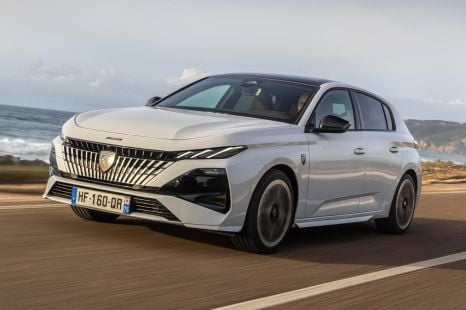

Matt Robinson
6 Hours Ago
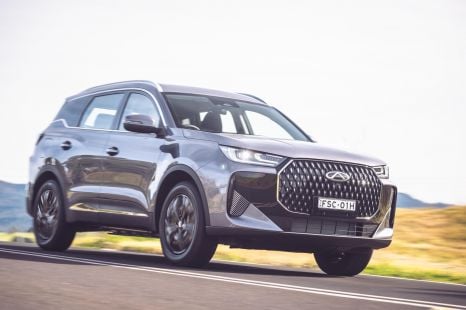

CarExpert.com.au
15 Hours Ago
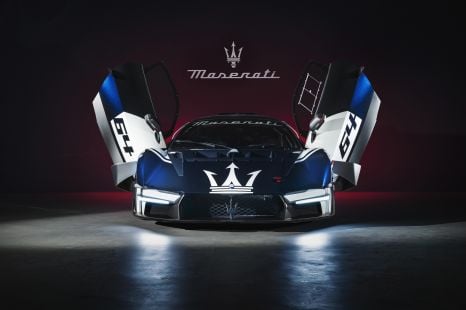

William Stopford
18 Hours Ago
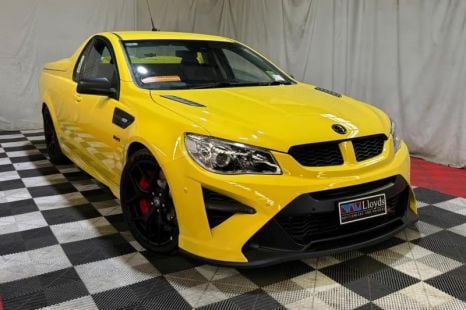

Damion Smy
18 Hours Ago


James Wong
18 Hours Ago